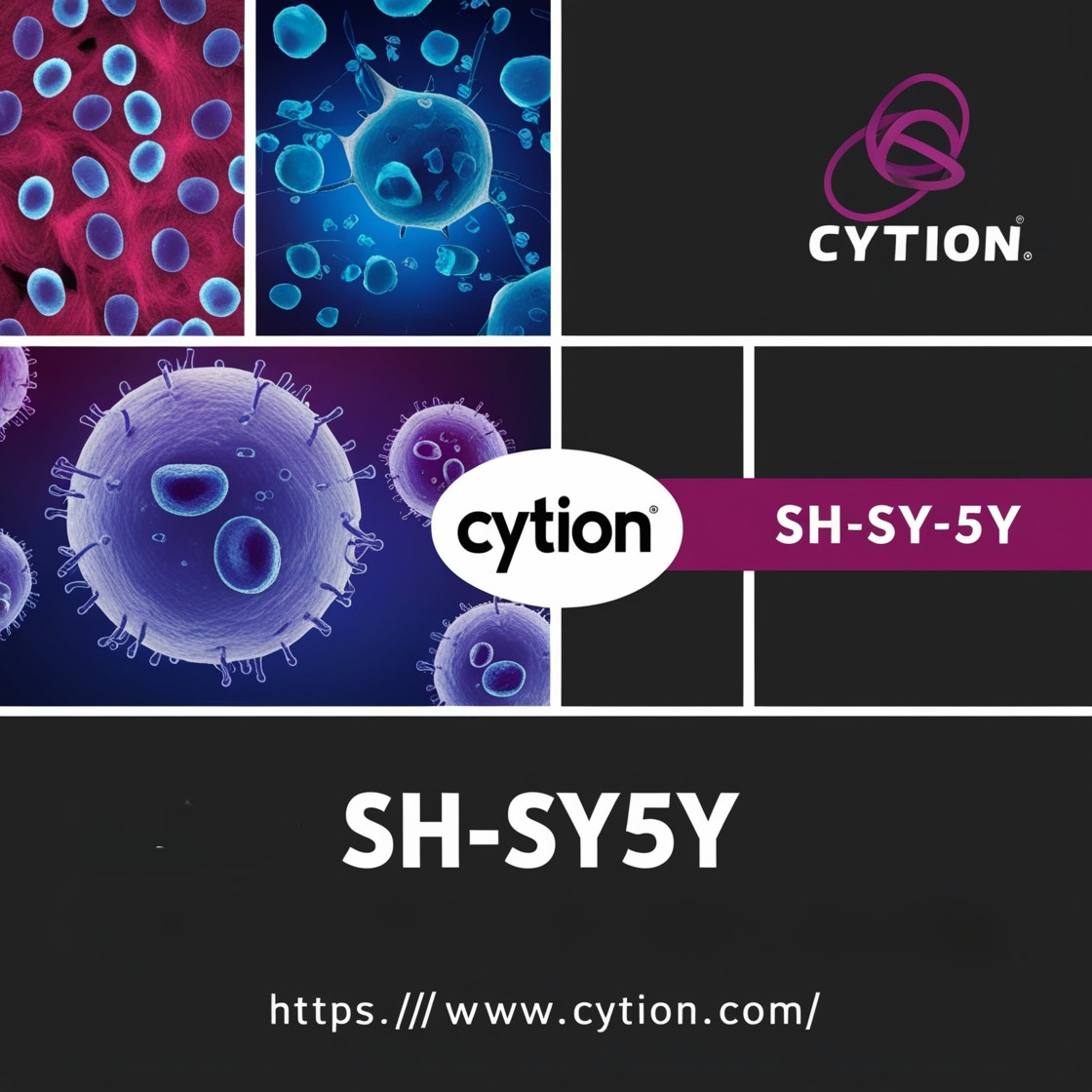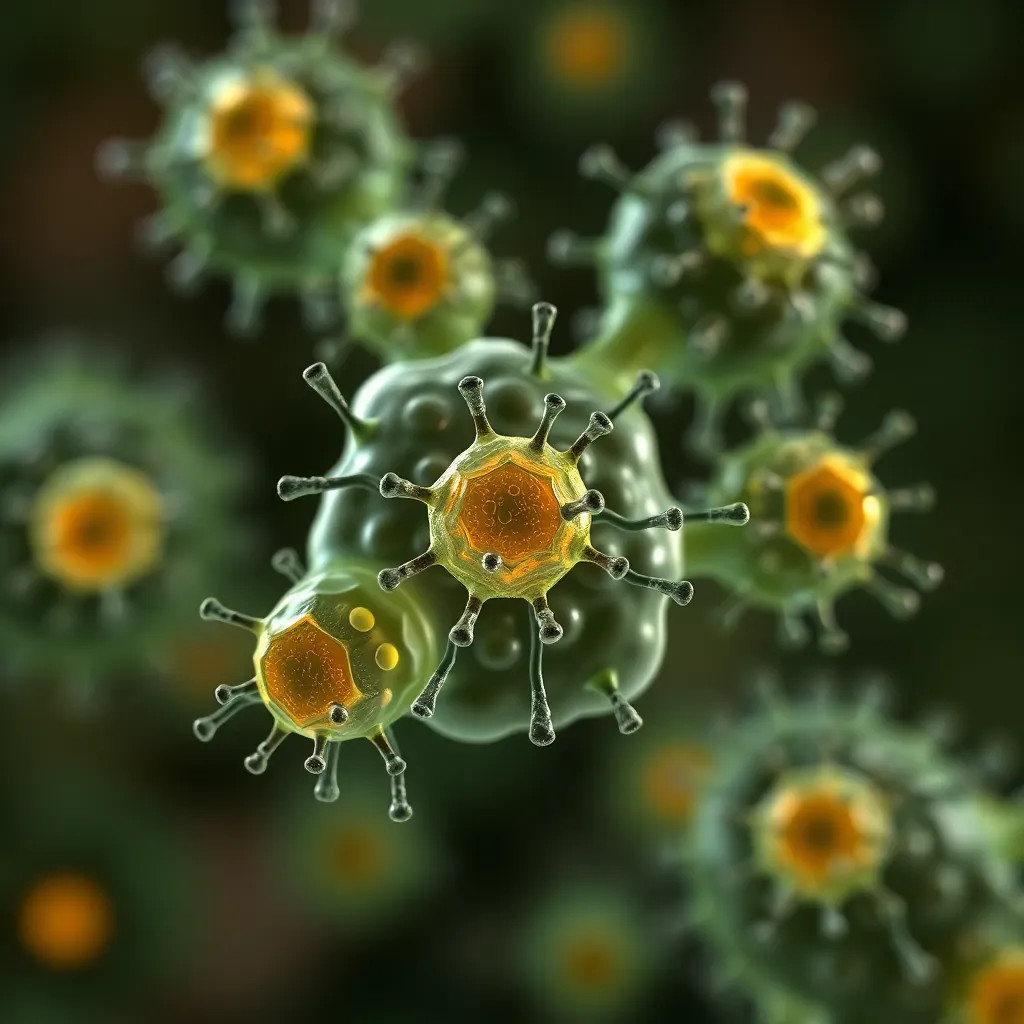SH-SY5Y Cells: A Cornerstone in Neurodegenerative Disease Research
SH-SY5Y cells, a subclone of the SK-N-SH neuroblastoma cell line, have become a pivotal model in neuroscience research, particularly in studying neurodegenerative diseases such as Parkinson's and Alzheimer's. Derived from a metastatic bone tumor biopsy of a four-year-old female in 1970, these cells offer a unique platform for investigating neuronal function, differentiation, and the underlying mechanisms of neurodegeneration.
ATCC.ORG
Morphology and Growth Characteristics
In vitro, SH-SY5Y cells exhibit a mixed growth pattern, presenting both adherent and suspension characteristics. They tend to form clusters during division, with undifferentiated cells displaying neuroblast-like, non-polarized cell bodies, and truncated processes. Upon differentiation, these cells extend long, intricate neurites, adopting a morphology reminiscent of mature neurons.
PMC.NCBI.NLM.NIH.GOV
Differentiation Potential
A hallmark of SH-SY5Y cells is their capacity to differentiate into various neuronal phenotypes under specific conditions. Agents such as retinoic acid (RA), brain-derived neurotrophic factor (BDNF), and phorbol esters can induce differentiation, leading to the expression of mature neuronal markers like βIII-tubulin, microtubule-associated protein-2 (MAP2), and synaptophysin. The choice of differentiation protocol can steer the cells toward cholinergic, adrenergic, or dopaminergic phenotypes, making them versatile tools for studying diverse aspects of neuronal biology.
PMC.NCBI.NLM.NIH.GOV
Applications in Neurodegenerative Disease Research
SH-SY5Y cells serve as an invaluable model for investigating the molecular and cellular mechanisms underlying neurodegenerative diseases. Their ability to exhibit dopaminergic properties makes them particularly useful in Parkinson's disease research, where they are employed to study toxin effects, neuronal differentiation, and neuroprotective strategies.
MOLECULARNEURODEGENERATION.BIOMEDCENTRAL.COM
Culturing Considerations
Optimizing culture conditions is crucial for maintaining the physiological relevance of SH-SY5Y cells. A commonly used medium is a 1:1 mixture of DMEM and Ham's F12, supplemented with 10% fetal bovine serum. Maintaining cultures at 37°C in a 95% air and 5% CO₂ atmosphere is standard. It's important to note that the cells' characteristics can change with passage number; thus, monitoring and limiting passages is recommended to preserve their neuronal properties.
EN.WIKIPEDIA.ORG
Conclusion
The SH-SY5Y cell line stands as a cornerstone in neurodegenerative disease research. Its unique properties and adaptability continue to provide insights into neuronal function and the pathogenesis of neurodegenerative disorders, contributing significantly to the development of therapeutic strategies.




